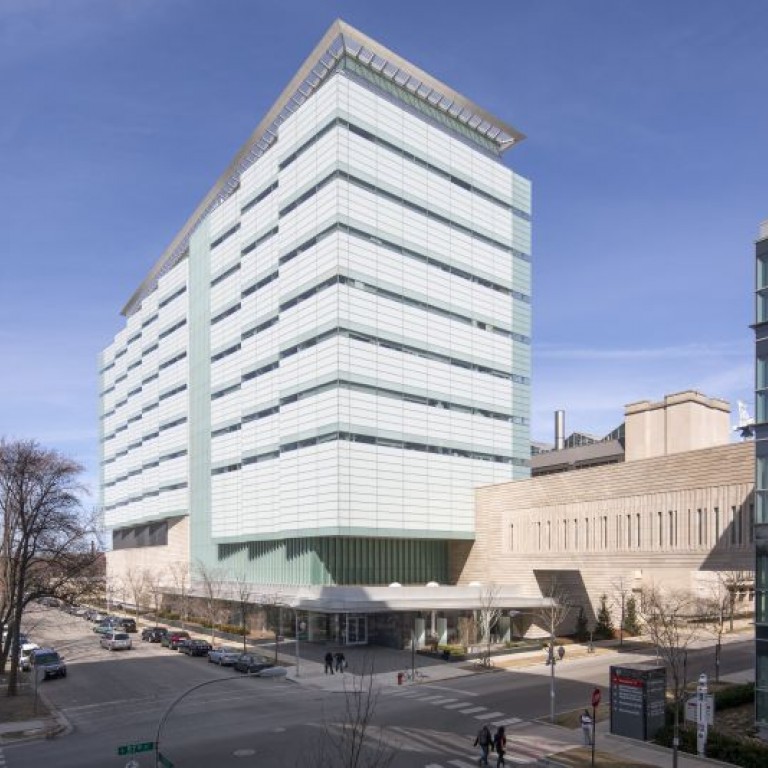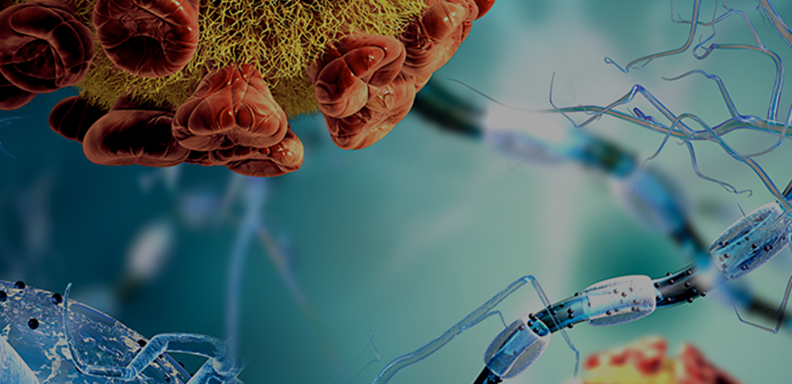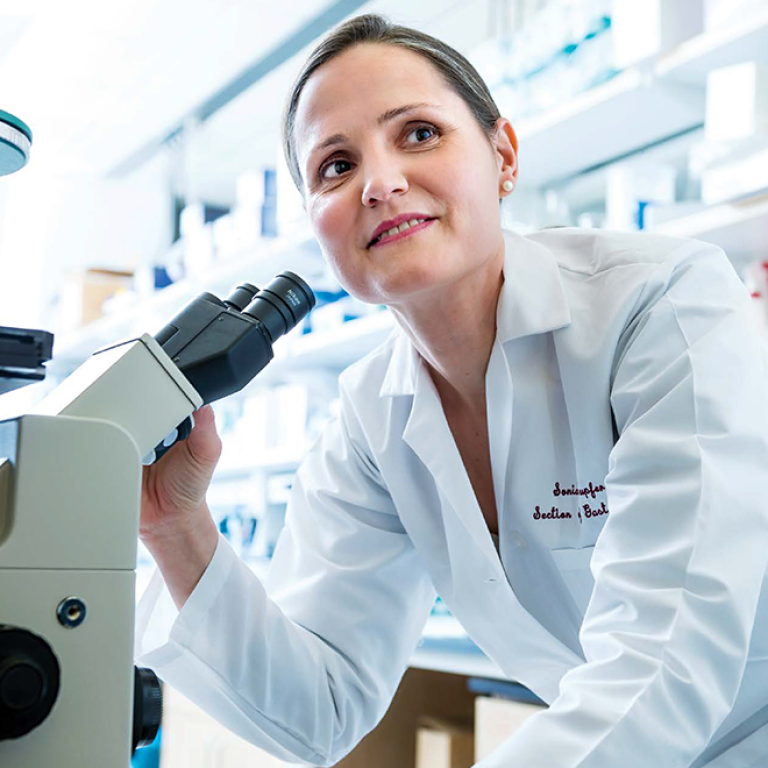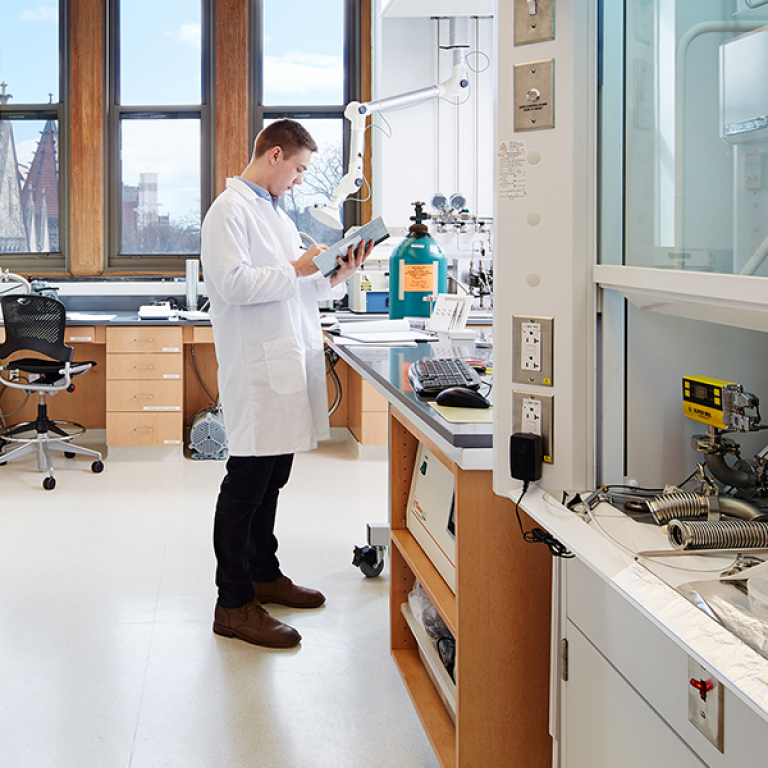In a recent study published in Nature Communications, researchers from the University of Chicago discovered that the severe acute respiratory syndrome coronavirus-2 (SARS-CoV-2) uses a small but powerful protein, ORF3a, to assemble the infectious particles, making it more efficient at spreading the disease.
ORF3a, a small protein with big impact
More than 700 million people were infected by SARS-CoV-2 during the COVID-19 pandemic, and more than 7 million deaths from the disease were reported worldwide. SARS-CoV-2 is genetically similar to the previously known SARS-CoV-1 that caused an outbreak in 2002-2004 but is significantly more contagious. This raised a key question of what makes SARS-CoV-2 more infectious than the earlier variants.
“The activity of ORF3a was present in the background of the virus and was maintained when it evolved into SARS-CoV-2, but lost in SARS-CoV-1,” said Jueqi Chen, PhD, Assistant Professor of Microbiology at the University of Chicago and lead author of this study.
Viruses like SARS-CoV-2 use well-known spike proteins to enter host cells, along with lesser-known accessory proteins to hijack the host’s cellular machinery. While most COVID-19 research has focused on the spike proteins and immune responses, Chen’s lab is interested in understanding how the spike proteins are built and processed inside cells, because for the virus to be most infectious, the spike protein needs to be processed just right--not too much, not too little. ORF3a was previously believed to assist the virus exiting the cells, but the new research shows that its role is far more central to viral assembly and infectivity.
ORF3a drives 3DB formation to boost virus efficiency
“We discovered that SARS-CoV-2 viruses assemble a group of dynamic membrane structures by hijacking the host cell membrane system, which we named the 3a dense body (3DB),” said Chen. “Without these structures, SARS-CoV-2 infection efficiency is tenfold lower.”
These 3DBs are tiny structures that appear as dense, bubble-like formations under an electron microscope. They form only in the presence of ORF3a and act as assembly hubs for organizing key viral components, particularly the spike and membrane proteins. One of 3DB’s most critical functions is to regulate the processing of the spike proteins, ensuring the spikes are in an optimal state for infectivity. Under-processed spike proteins may not bind well to host cells whereas over-processed spike proteins might be unstable or not assemble correctly.



